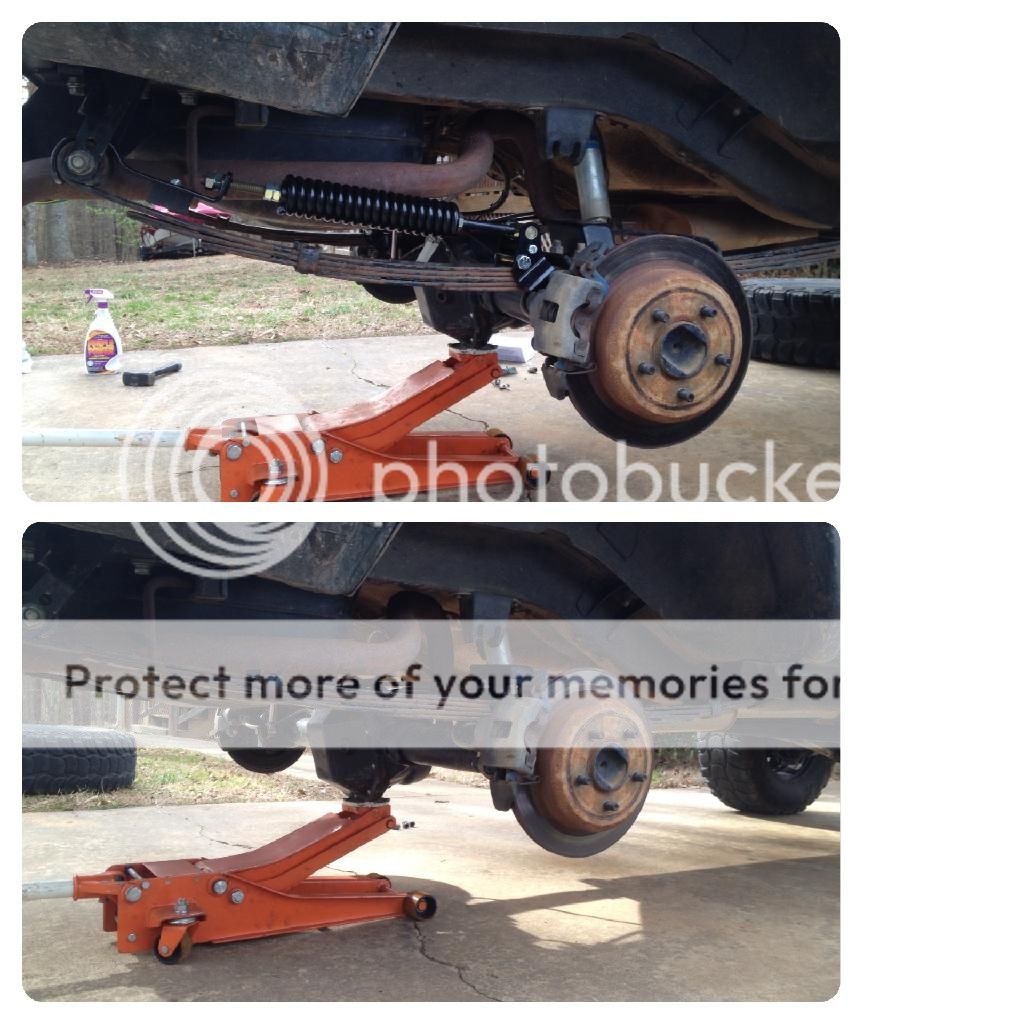Well, I went and did that thing you’re never supposed to do… Buy something without a firm plan in place.
Goals: I’m still looking for an all arounder kind of vehicle. I use this Jeep hauling the family, towing trailers, camping, rocks, oh and I want to be able to go faster in the whoops. I basically just want a small SUV version of a Ford Raptor but since I can’t afford one I get to build it.
The conundrum: I’m still driving on 3 shocks and I feel dumb replacing exactly what I had because it’s not nearly enough shock to go fast (which I love). I also just can’t see doing bad ass shocks or coilovers on stock axles. Mine’s a 99 so I have a little better axle internals but still... I also hate the constant clunking of the auto locker up front so I wanted some kind of selectable but again wasn’t looking to throw more money at a D30.
Anyways I ran across a pretty screaming deal on a front D44 that’s not quite right, but was still too good a deal to pass up and relatively local.
- The Good: It’s a Dyantrac Trail series D44 (3/8” wall tubing) with a OX locker/cable, reid knuckles, 5.13 gearing, 1350 spindle, already rotated knuckles and one side worth of 35 spline shafts/CTV u-joint. ~64” WMS width which sounds doable under an XJ.
- The Bad: It’s a 6 lug Toyota pattern, low pinion, missing quite a few things: long side shafts/joint, one spindle, locking hubs/bearings, calipers, OX shifter. It’s bare of mounting points which isn’t really a pro or a con.
Best guess, I have about a grand worth of parts to buy to put this back together assuming I run it. I also I need to put together a matching rear axle.
First question: Rear axle selection: What would y’all recommend? At the moment I’m leaning Ford 9, but the pinions are so damn low. I could also do a hp d60 rear but that leaves me driving on the coast side and there’s a still a possibility I’d add power via an LS or stroker. In terms of wheeling I like to go fast so weight of the axles is a consideration (a major upside of the Ford 9). Now that I’m into this I’m recognizing that finding used deals on something that really matches my front may be hard. I do spend a great deal of time on the street so I’m thinking the detriot tru trac is still a good rear diff for me. If I need specific gears and I’m planning a specific diff, disc brakes, width and I’d love 35 spline shafts to match, does that mean I should just bite the bullet and build up a fabricated housing with new parts? Are there any Toyota axles I’m overlooking that would be appropriate? If not I’m likely going to have to swap lug patterns up front but that’s not a huge deal. 5x5.5 seems common and that’s good for used wheels.
Second question: Tires: it really comes down to 33’s or 35’s. 32’s are wearing out. I’m thinking leaning 35s just because the D44 is built to take it (and maybe more). I don’t see 37s in my future as the cutting involved gets excessive and I want the uptravel. Anyone into the go fast stuff want to make an argument that I should stay smaller with the 33’s?
Third question: To link or not to link. I’m planning coilover fronts. That’s almost a given. Rear could be coilovers w/ links or could stay leaf with good shocks. I have hookups for ~20% off on either Fox or King (non-transferrable, so don’t ask sorry). The big advantage of leafs is the simplicity. Both my mid skid and exhaust work as-is with leafs but not with links. If I can keep shocks under the rig (or at least only protrude through to the surface of my current false deck) that’s a huge advantage in terms of storage space it save’s me in the back. I regularly haul hoods and 40” wide plates of steel back there for Ronin Speedworks. I could make the tower framework rectangular so I can put stuff on top but that’s extra work too and means no more sleeping in the back.
Links would wipe out some of my exhaust and mid skid. I can work around them to some degree but it’s a challenge either way.
I’d really love not redo my exhaust so the most likely route would be to section off part of my muffler and cut into the unibody rails to get the upper pivots higher but it might be a challenge to keep sufficient structural integrity. If I did links I’d be shooting about for 75% anti squat so I keep some travel under power. Thoughts?
Thanks in advance.
-Joel

 so Bill if you're on here. Thanks!!!
so Bill if you're on here. Thanks!!!








